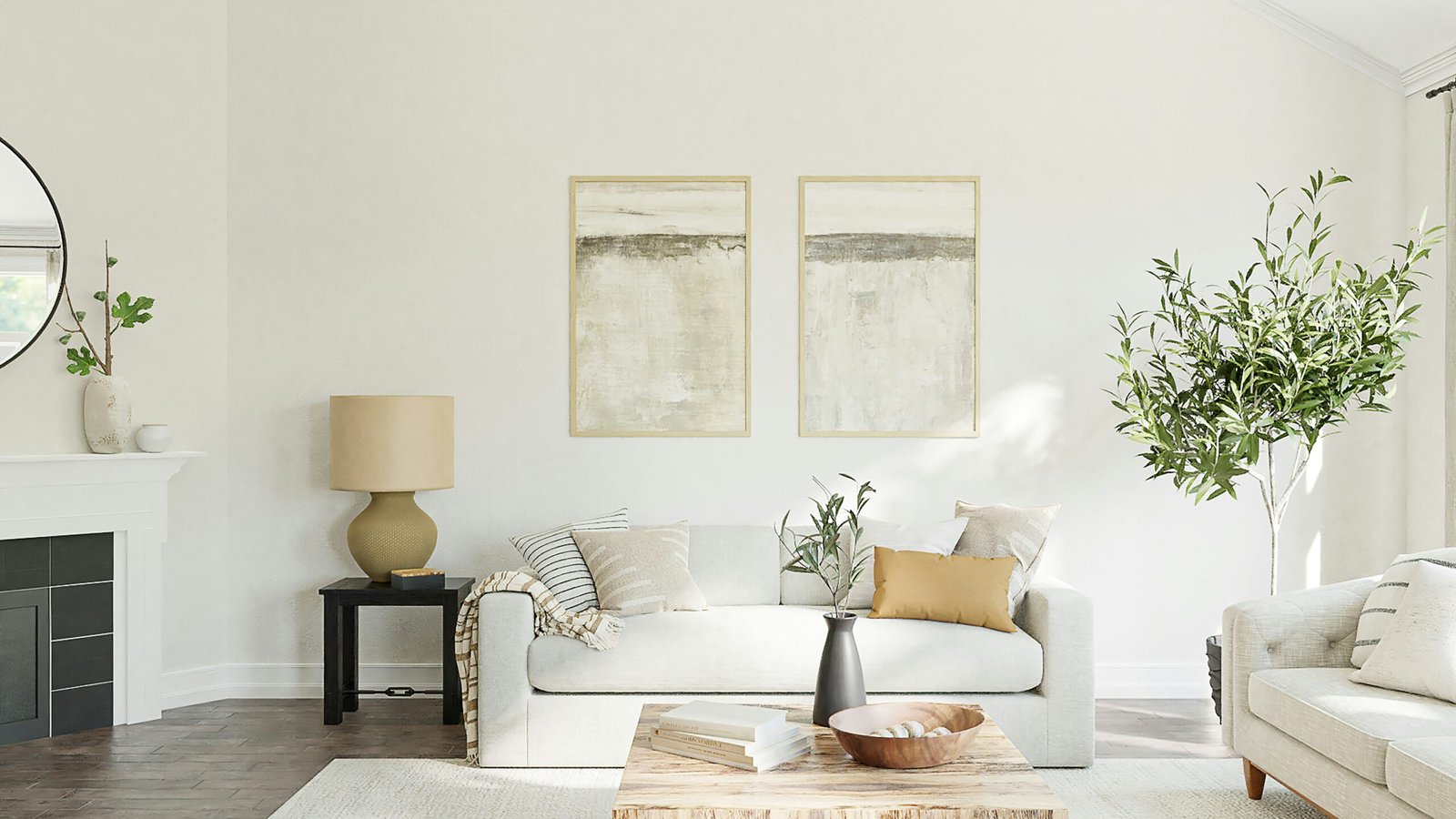Introduction to DIY Window Treatments
Understanding the concept of DIY window treatments is integral for homeowners eager to personalize their home decor. At their core, DIY window treatments encompass a range of handcrafted solutions designed to embellish windows. These can include anything from curtains and blinds to shades and valances, each offering a unique avenue for creative expression.
One of the foremost benefits of DIY window treatments is cost savings. By undertaking these projects, homeowners can significantly trim expenses that would otherwise go towards purchasing expensive, pre-made options or hiring professional installers. The materials required for a DIY approach can often be sourced economically, which further amplifies the cost efficiency.
Beyond financial advantages, DIY window treatments present unparalleled customization opportunities. Homeowners can select fabrics, colors, and patterns that perfectly align with their interior design vision. This ability to tailor every aspect of the window treatment ensures a coherent and personalized aesthetic that mass-produced alternatives may not offer.
Another appealing aspect is the satisfaction derived from creating a unique piece of decor. The process of designing and fabricating your own window treatments can be deeply rewarding, providing a sense of accomplishment and pride. This added value extends beyond mere aesthetics, fostering a more personal connection to the living space.
To guide you through this creative journey, we will explore an array of DIY window treatments in the forthcoming sections. Whether you are interested in the elegant simplicity of no-sew curtains, the rustic charm of burlap shades, or the contemporary appeal of stenciled designs, there is a wide spectrum of projects to consider. Each type will be detailed with step-by-step instructions to help you transform your windows and, by extension, your home’s overall ambiance.
Choosing the Right Materials and Tools
When embarking on a DIY window treatment project, selecting the right materials and tools is crucial to achieving both aesthetic appeal and functionality. The type of fabric you choose can dramatically impact the overall look and feel of your window treatments. Consider lightweight fabrics like cotton or linen for a breezy, casual vibe, while heavier materials such as velvet or brocade lend a sense of luxury and sophistication. It’s essential to select a fabric that complements your home’s décor and fulfills the practical requirements—such as light control and insulation—that you desire.
Window treatment rods and accessories are equally important. Opt for sturdy rods made of materials like metal or wood to ensure they can support the weight of the fabric. Finials, brackets, and rings are accessories that not only aid in functionality but also contribute to the visual appeal. To create a cohesive look, match these accessories with the color and style of your fabric. Essential tools for your DIY project include measuring tapes for precise dimensions, sharp scissors or rotary cutters for clean fabric cuts, sewing machines for stitching, and glue guns for quick and durable adhesion of trims and embellishments.
Finding high-quality materials without stretching your budget is possible with a little research and savvy shopping. Discount fabric stores, online retailers, and seasonal sales offer excellent opportunities to purchase premium materials at reduced prices. Thrift stores and estate sales can also be treasure troves for unique fabrics and vintage accessories. Once you have gathered all your materials and tools, preparing your workspace is the next step. Ensure your workspace is clean and well-lit, with enough room to lay out and measure your fabric accurately. Organize your tools and materials within easy reach to streamline the project and avoid unnecessary interruptions.
No-Sew Curtains
Creating no-sew curtains is an excellent option for those looking to enhance any room without the need for sewing skills. You will need fabric of your choice, hem tape, an iron, scissors, and curtain rings. Begin by measuring your window to determine the appropriate length and width of the fabric. Cut the fabric accordingly, leaving an extra inch on all sides for hems. Fold the edges over by one inch, placing hem tape between the fabric and ironing to secure the hem. Once all edges are hemmed, attach curtain rings to the top of the fabric, spacing them evenly. Hang the curtain using a rod, and you’re done!
Roman Shades
Roman shades offer a stylish and functional window treatment that you can easily create yourself. You will need fabric, dowel rods, cord, a sewing machine (or fabric glue for a no-sew version), and mounting hardware. Start by measuring your window and cutting the fabric to size, leaving an allowance for hems. Fold and hem the edges, then sew (or glue) pockets for the dowel rods at regular intervals along the back of the fabric. Insert the rods and attach the cords to the bottom rod, threading them through the pocket rows up to the top. Mount the shade onto the window frame using the hardware. When you pull the cords, the shade will neatly fold up, creating a classic Roman shade effect.
Tie-Back Drapes
Tie-back drapes add a touch of elegance and are simple to make. For this project, you will need fabric, tie-back hooks, and curtain rods. Measure and cut the fabric to your desired length and width, leaving extra for hemming. Hem all edges using an iron-on hem tape or a sewing machine. Install the curtain rods and hang the curtains. For the tie-backs, you can use coordinating fabric strips or purchase decorative tie-backs. Install the hooks on either side of the window at the desired height, and use them to pull the drapes back and secure them, creating a sophisticated and neatly gathered look.
Window Valances
Window valances are perfect for adding a decorative touch to the top of your windows. You will need fabric, a curtain rod, and possibly a sewing machine or fabric glue. Measure and cut the fabric to the desired length and width, plus an extra inch on all sides. Fold and hem the edges with hem tape or sewing. Create a pocket at the top of the fabric for the curtain rod by folding the fabric over and securing it. Slide the rod through the pocket and install it above your window. This simple treatment can bring a finished look to any room, enhancing overall aesthetics with minimal effort.
Styling Tips and Trends in Window Treatments
Incorporating current trends into your DIY window treatments can significantly elevate the style of your home. One prominent trend is the use of layered curtains. This involves combining sheer curtains with heavier drapes to create depth and versatility. Sheer fabrics allow natural light to filter in, while thicker curtains provide privacy and insulation. The dual-layered approach can also introduce contrasting colors and textures, adding a dynamic element to your space.
Another popular trend is the integration of mixed materials. Combining textiles with materials like wood, metal, or bamboo can create a unique and modern look. For example, pairing linen curtains with a bamboo or wood shade can lend a natural, earthy feel to a room. This trend not only enhances visual interest but also adds a touch of organic sophistication that’s both contemporary and timeless.
Minimalist designs are also gaining traction in window treatments. Simple, clean lines and neutral color palettes are the hallmarks of this trend. Opt for monochromatic or subdued hues like whites, grays, and beiges that seamlessly blend with the rest of your decor. These understated designs work particularly well in modern and Scandinavian-inspired interiors, emphasizing simplicity and elegance.
Color schemes featuring bold patterns and textures are another way to make a statement. Florals, geometrics, and abstract prints are in vogue and can transform a plain window into a focal point. When choosing patterns, consider the existing tones in your room to ensure harmony. For instance, a room with neutral walls might benefit from a pop of color through vibrant, patterned curtains.
Lastly, customized window treatments tailored to complement your room’s decor can make a big difference. Pay attention to details like curtain lengths, tie-backs, and hardware finishes. For a cohesive look, coordinate your window treatments with other textiles in the room, such as cushions, rugs, and upholstery. The key is to balance functionality with aesthetics, ensuring that your window treatments not only meet your practical needs but also enhance the overall beauty of your home.



